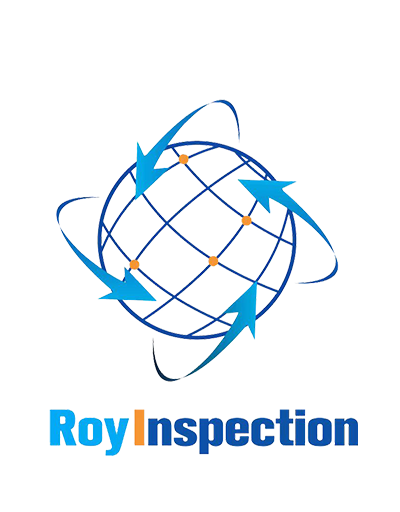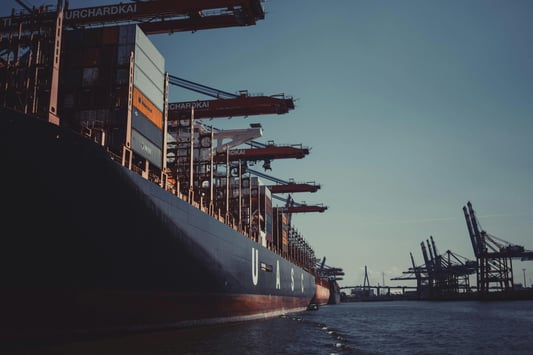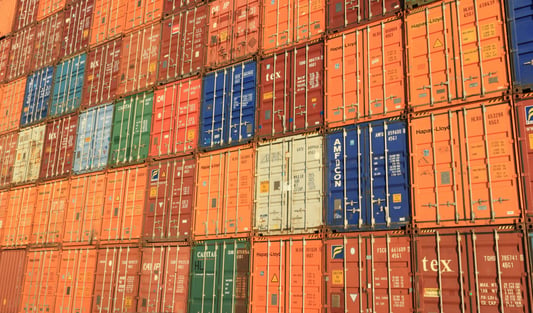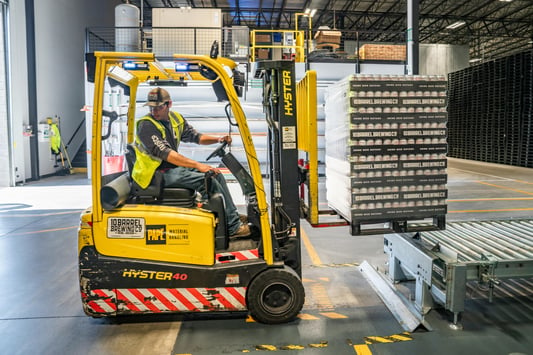Benefits of Regular Footwear Inspection Footwear inspection is crucial for ensuring the longevity and functionality of your shoes. Regular inspection can help prevent injuries and extend the life of your favorite pair of shoes. It allows you to identify any wear and tear early on, so you can take necessary measures to repair or replace the shoes. Inspecting for Wear and Tear One of the key aspects of footwear inspection is checking for signs of wear and tear. This includes examining the soles, heels, and inner linings for any visible damage or deterioration. By catching these issues early, you can avoid potential accidents or discomfort while wearing the shoes. Checking for Proper Fit Another important aspect of footwear inspection is ensuring that your shoes fit properly. Ill-fitting shoes can lead to a range of foot problems, including blisters, corns, and ingrown toenails. By checking the fit of your shoes regularly, you can prevent these issues and maintain the health of your feet. Inspecting for Hygiene Footwear inspection also involves checking for signs of hygiene issues, such as mold, mildew, or odor. Proper hygiene is important for preventing fungal infections and maintaining the overall condition of your shoes. Regularly inspecting and cleaning your shoes can help prevent these problems. Examining the Material Different types of materials require different care and maintenance. During a footwear inspection, it's important to examine the material of your shoes to determine the appropriate cleaning methods. Leather, suede, and synthetic materials all have specific requirements for care and upkeep. Looking for Signs of Damage In addition to wear and tear, it's essential to look for any signs of damage during a footwear inspection. This includes checking for loose stitching, broken zippers, or peeling insoles. Addressing these issues promptly can prevent further damage and prolong the life of your shoes. Inspecting for Traction The traction of your shoes is crucial for preventing slips and falls. During a footwear inspection, be sure to assess the condition of the treads on the soles. Worn-out treads can increase the risk of accidents, especially on slippery surfaces. Importance of Professional Inspection While regular self-inspection is beneficial, getting your shoes professionally inspected can provide a more thorough assessment. Shoe professionals have the expertise to identify hidden issues and recommend appropriate repairs or maintenance. Footwear Inspection Tips To ensure effective footwear inspection, follow these tips: clean your shoes regularly, store them properly, rotate between different pairs, and consult a professional for complex issues. These practices can help keep your shoes in top condition. Conclusion In conclusion, footwear inspection is a vital part of maintaining the quality and performance of your shoes. By regularly inspecting your footwear for wear and tear, fit, hygiene, and other factors, you can ensure their longevity and keep your feet healthy and comfortable. Don't overlook the importance of footwear inspection in preserving your favorite pairs for years to come. Quote InquiryContact us!










